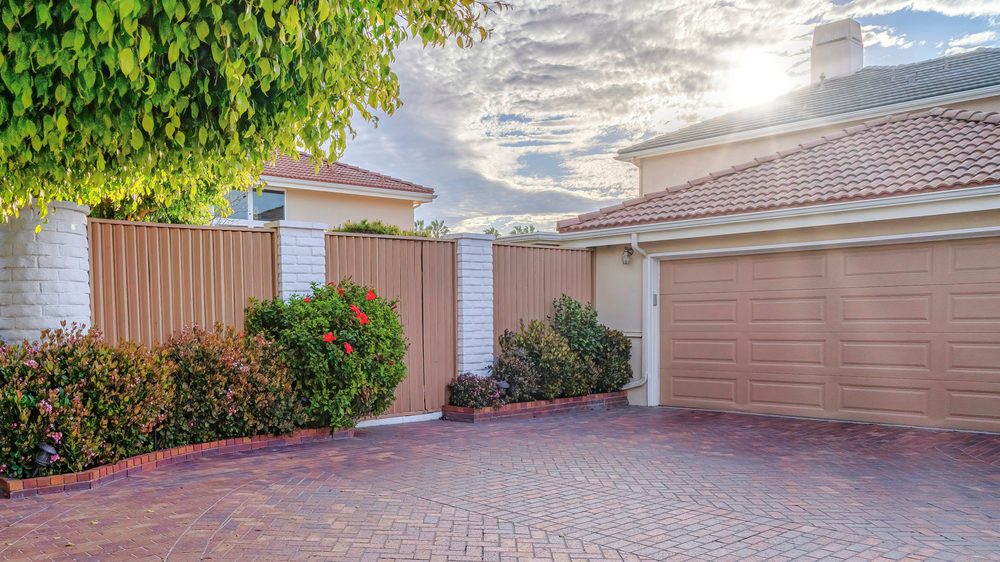
Boundary Line Disputes: Fences and Trees
Fences can enhance the aesthetic appeal of your property, give you privacy, and offer you a sense of protection. However, they can also be the source of bitter neighborhood disputes. Allowing a fence to be put in the wrong place could cause major consequences down the road.
Before you or your neighbor decides to construct a fence, consider some of the most common fencing disputes and ways to avoid potential problems.
Common Sources of Fencing Disputes
Deciding to build a fence is the easy part. It’s the process that follows that can be time-consuming and complicated. However, doing it right the first time is imperative not only because it can save you time and money, but because it could also save you from future legal troubles. These are the most common sources of fencing disputes and how you can avoid them:
- Placement- One of the most common disputes among neighbors is where to place a fence. Before you begin building, it is important to get a land survey to establish where your land begins and ends. A fence should be built on the property line of the homeowner. In the case of a boundary fence, the fence should be constructed at the line where the property is divided. Getting a survey done may seem excessive. However, you want to be sure that the fence is built correctly to avoid costly mistakes or tear-down costs. It is also imperative to keep your property safe. If a neighbor builds a fence on your property, they could eventually take over ownership of that portion of your land through adverse possession. If a neighbor possesses the land for five consecutive years and they start paying property taxes on it, it could legally become their property.
- Cost– In the case of boundary fences, California law recognizes that the fence can benefit both households. When a fence is considered a benefit to both homeowners, each homeowner becomes responsible for the cost of constructing and maintaining that fence. If a homeowner wishes to build a boundary fence, they must give the adjoining property owner at least a 30-day notice. In the notice, there must be information on the cost of construction, maintenance costs, a plan on how to approach cost-sharing on the project, and a construction timeline. California’s Good Neighbor Fence Law stipulates that each owner is typically responsible for paying half the cost of the fence. If you and the neighbor are unable to reach an agreement on cost, you may be able to take them to court.
- Spite- California also has a law on the books governing the building of “spite fences.” These are fences or other fence-like structures that exceed 10 feet in height. Typically, these fences are intentionally built to annoy or bother a neighbor.
- Vegetation- One man’s tree is another man’s nuisance. Maintaining healthy trees can require regular trimming and maintenance, not a chore that everyone enjoys completing. When a tree is planted it can be impossible to tell how it will grow. If its branches eventually reach into a neighbor’s property, that neighbor can reasonably trim those branches. However, that neighbor cannot negligently or maliciously trim to the point where it causes damage to the tree. That neighbor is also prohibited from entering your property to cut down the tree. California law gives a landowner the ability to recover compensation in the event that a neighbor negligently damages or kills their tree. California also has criminal laws that target individuals who damage trees on public or private property.
Contact a Bay Area Boundary Dispute Attorney
If you are looking to build a fence or are having a dispute with a neighbor over a fence, it’s time to contact an experienced Bay area boundary dispute lawyer. Don’t risk losing time, money, or your own property, get in touch with a skilled lawyer at Winton Strauss Law Group today.
The team at Winton Strauss Law Group wants to help you protect your property and solve your fencing dispute. Reach out to us online and we can set you up with a confidential consultation.
